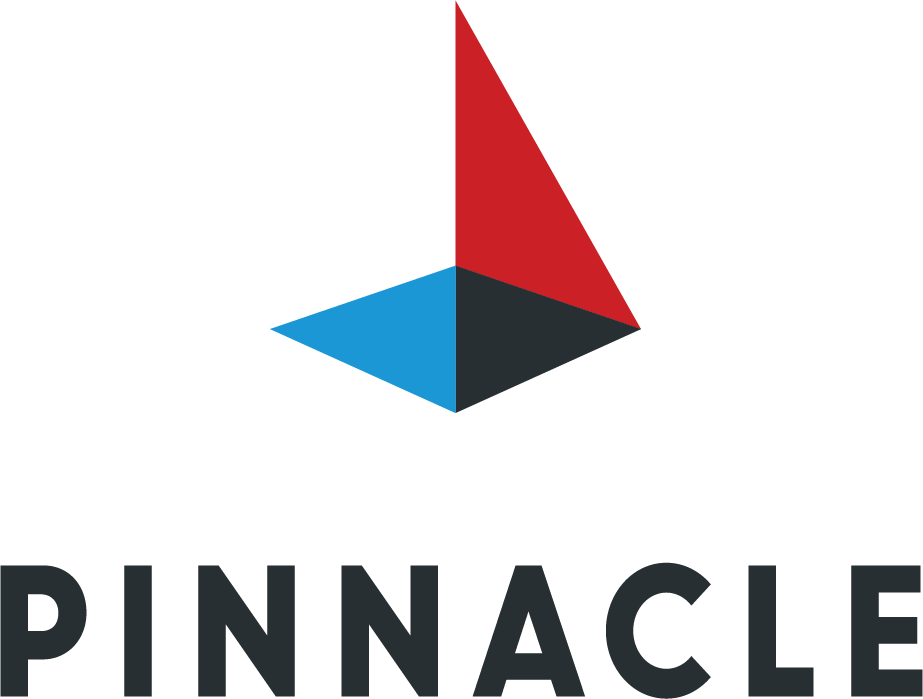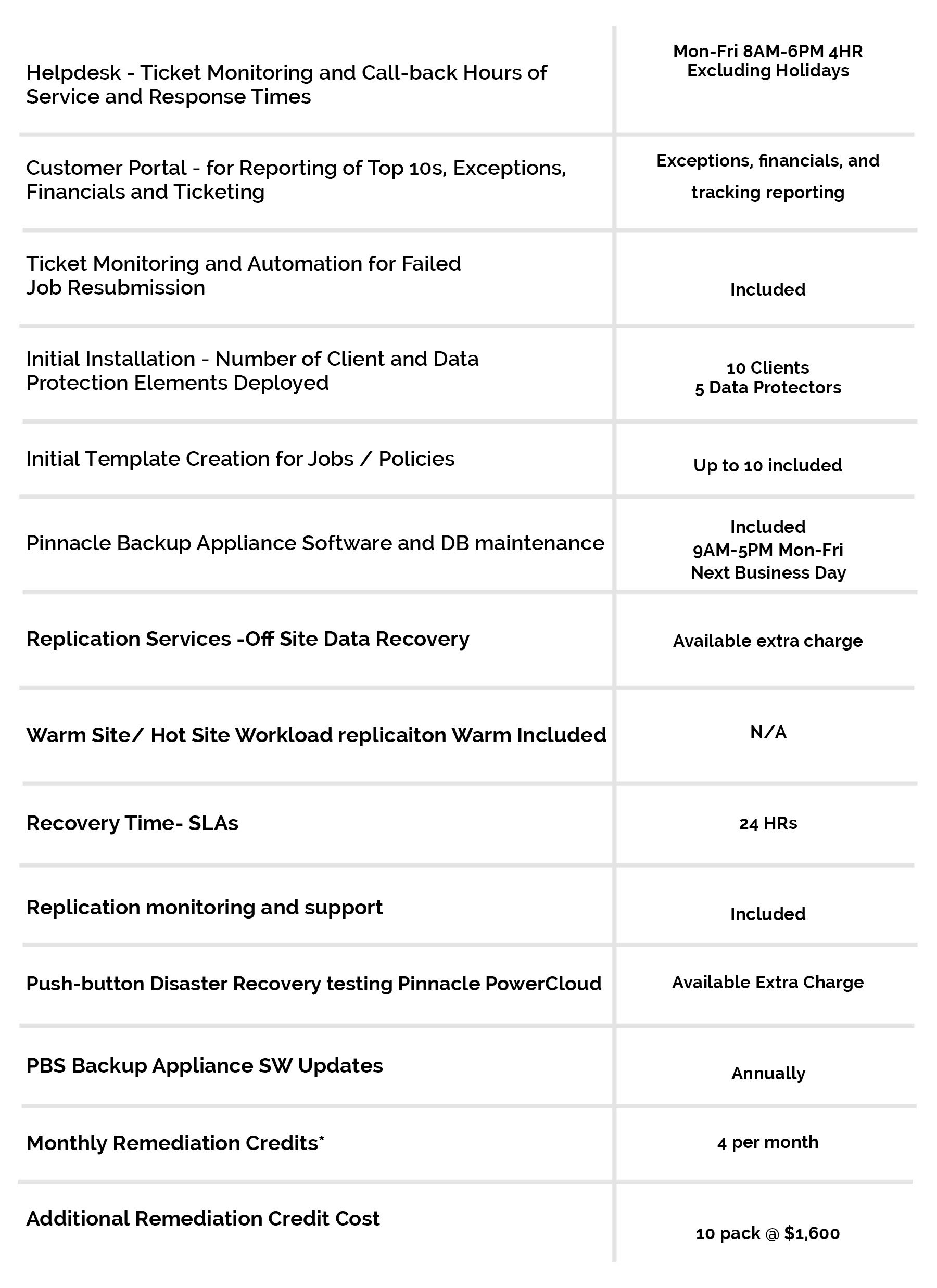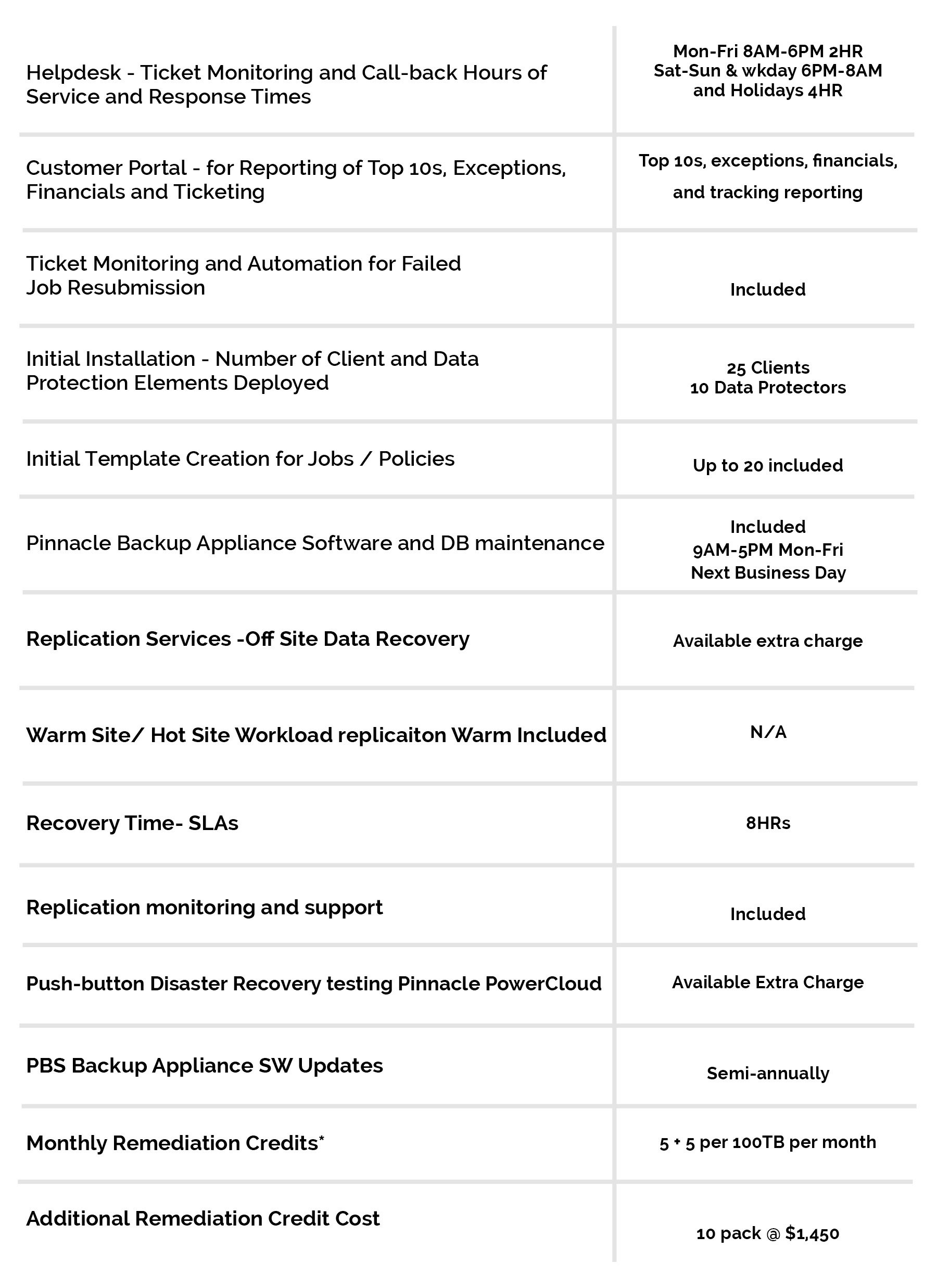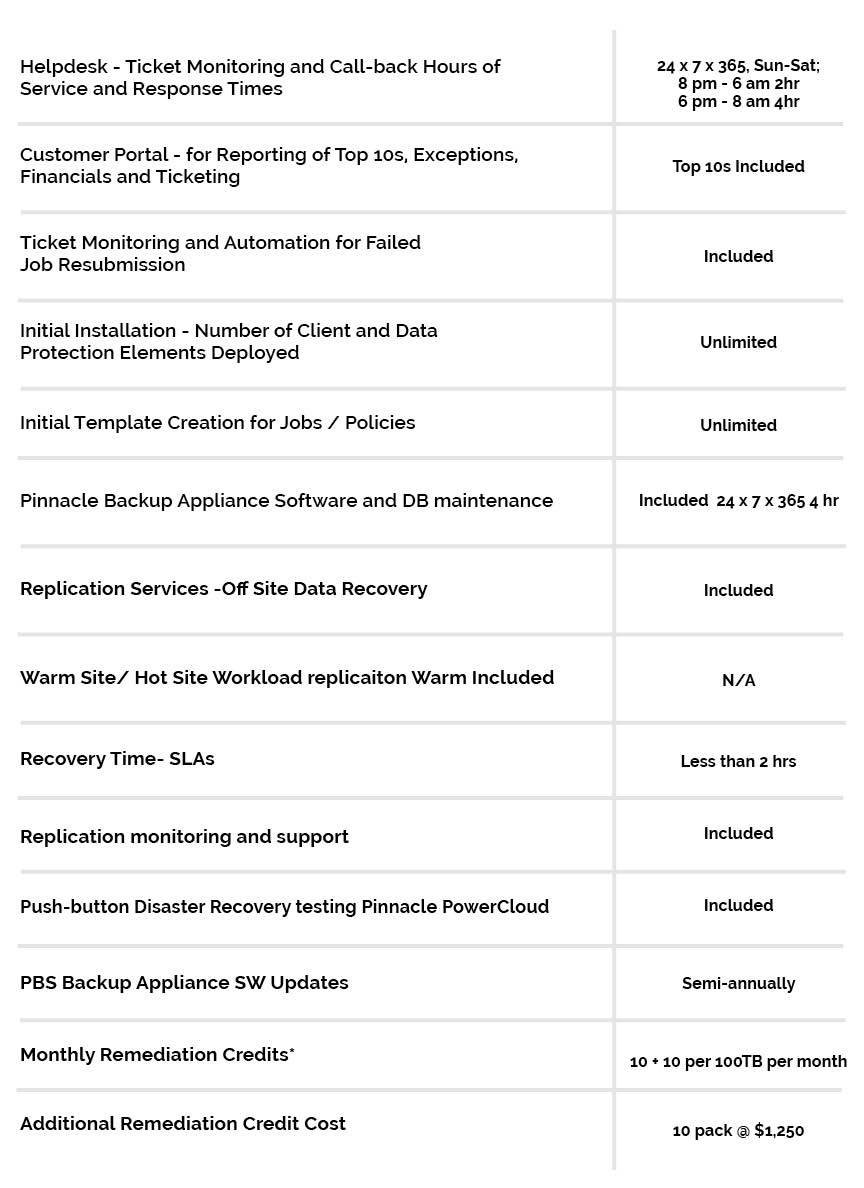31 Oct What IBM’s record means for the future of data storage
Consumers and organizations are generating, collecting, analyzing and consuming more data than ever before. The rise of connected devices has been the primary driver of this trend and is not expected to slow anytime soon. In fact, IDC predicted that the world will be creating 163 zettabytes of data by 2025, Forbes reported. That’s a tenfold increase from the amount generated today. With such growth, current data storage techniques aren’t likely to keep up. IBM is on the way to remedy this problem and provide capable data storage options.
Developing a record-breaking storage device
Today’s data sets can no longer be managed through legacy storage methods. As the amount of information in the world continues to grow at an unprecedented rate, hardware manufacturers have started the process of developing solutions that will meet these challenges. In fact, IBM achieved a new world record in August, capturing 330 terabytes of uncompressed data into a cartridge that can fit within the palm of your hand, The Verge reported. This is a long way from IBM’s first tape unit that could only hold 2 megabytes and used reels of half-inch-wide tape. It took several years to reach this achievement and could end up paying off for the future of data storage.
In March of this year, an IBM research team even discovered how small storage could become. The researchers were able to write and read a bit of data on a single atom using magnetism, PCWorld reported. This type of discovery could lead to storage that’s hundreds of times denser that solutions available now.
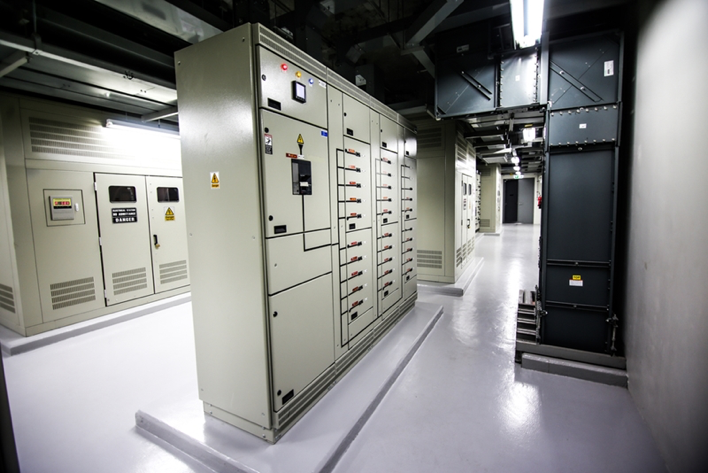
Data storage advancements will impact information-intensive businesses.
How this impacts all businesses
IBM’s discoveries add new possibilities for businesses to explore. An infographic by Tech.Co shows just how big that data can get and what options are currently available to organizations. Although cloud and virtualization have introduced significant options for business data storage, not all companies can leverage these solutions alone to ensure continuity and disaster recovery efforts go without a hitch. Data centers in particular need capable storage hardware to manage and support data operations effectively. IBM’s advancements offer a future possibility that will help data centers and other information-intensive industries store and analyze growing data sets effectively.
Big data is gaining steam among organizations as a means to identify critical trends and make impactful decisions. Beyond that, information storage systems can help uphold compliance requirements, improve efficiency and lead to an overall better working environment. With better data storage devices, information can be readily available, leaving misplaced documents and messy file cabinets in the past, while driving quality reporting capabilities.
Data storage is a major point of concern for any business looking to leverage the growing amount of information being generated. IBM’s efforts show promising steps forward to developing capable storage solutions that will last into the future. To learn more about IBM’s solutions and how to take advantage of various data storage systems for yourself, contact Pinnacle Business Systems today.

